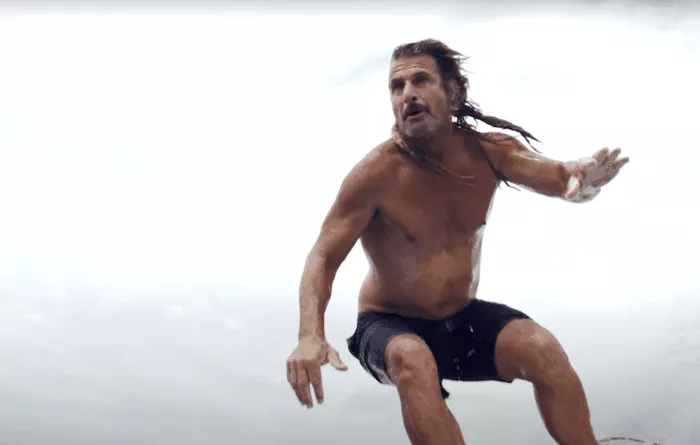It wasn’t so long ago—around twenty-five years—that the surfing lifestyle was all about the youth. Surf labels like Quiksilver, Billabong, Gotcha, and Volcom were at the heart of teen culture, clothing the young and adventurous in must-have gear. Born out of a wave of energy and cool, the surf industry thrived. But over the decades, its edge dulled. The once-iconic brands went public, encountered financial struggles, lost cultural relevance, and eventually became property of private equity firms. They were later bundled into a single mega-brand and sold to Authentic Brands Group—a licensing powerhouse based in New York, ironically criticized for lacking the authenticity that the surf culture once stood for.
But now, the number-crunchers at Authentic Brands Group appear to have had a revelation: teenagers are no longer the core consumers of surf-branded apparel. Instead, the current market consists largely of aging men.
Acknowledging this shift, Billabong is fully embracing its mature audience. The brand has launched a new line that features graphics inspired by the 1980s and 1990s, clearly targeting an older demographic. Accompanying the collection is a promotional video starring legendary surfer Mark Occhilupo, who won the world championship in 1999. The video follows Occhilupo as he visits iconic surf spots like Bells Beach and Cloudbreak, likely sparking nostalgia in viewers watching on older devices—and perhaps motivating them to visit Billabong’s website to buy retro gear that takes them back to their youth.
Are you among those feeling the wave of nostalgia?
Happy to finally be recognized as the target audience?
Maybe secretly wishing Vans would release orthopedic shoes in their classic checkerboard design?
Perhaps even imagining a Kelly Slater Wave Pool Co. retirement community?
If so, your time has come.
Related Topics
- Anya Hindmarch x Uniqlo: Playful Designer Tees and Accessories Under £20
- Gap x Dôen’s Summer 2025 Collection Sparks Shopping Frenzy: Here Are the Must-Have Pieces
- Power and Imbalance: The Persistent Gender Gap in Luxury Fashion’s Creative Leadership

